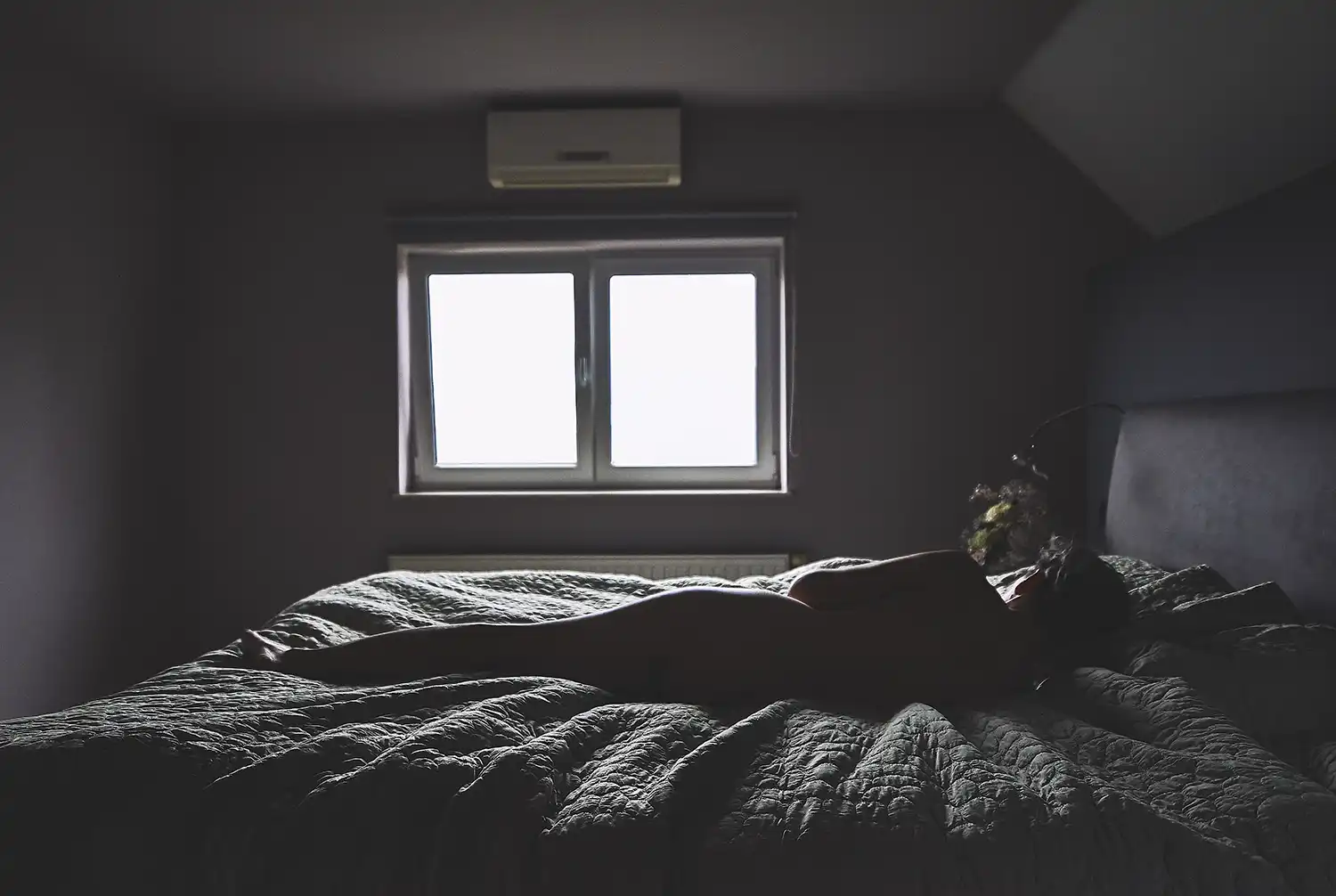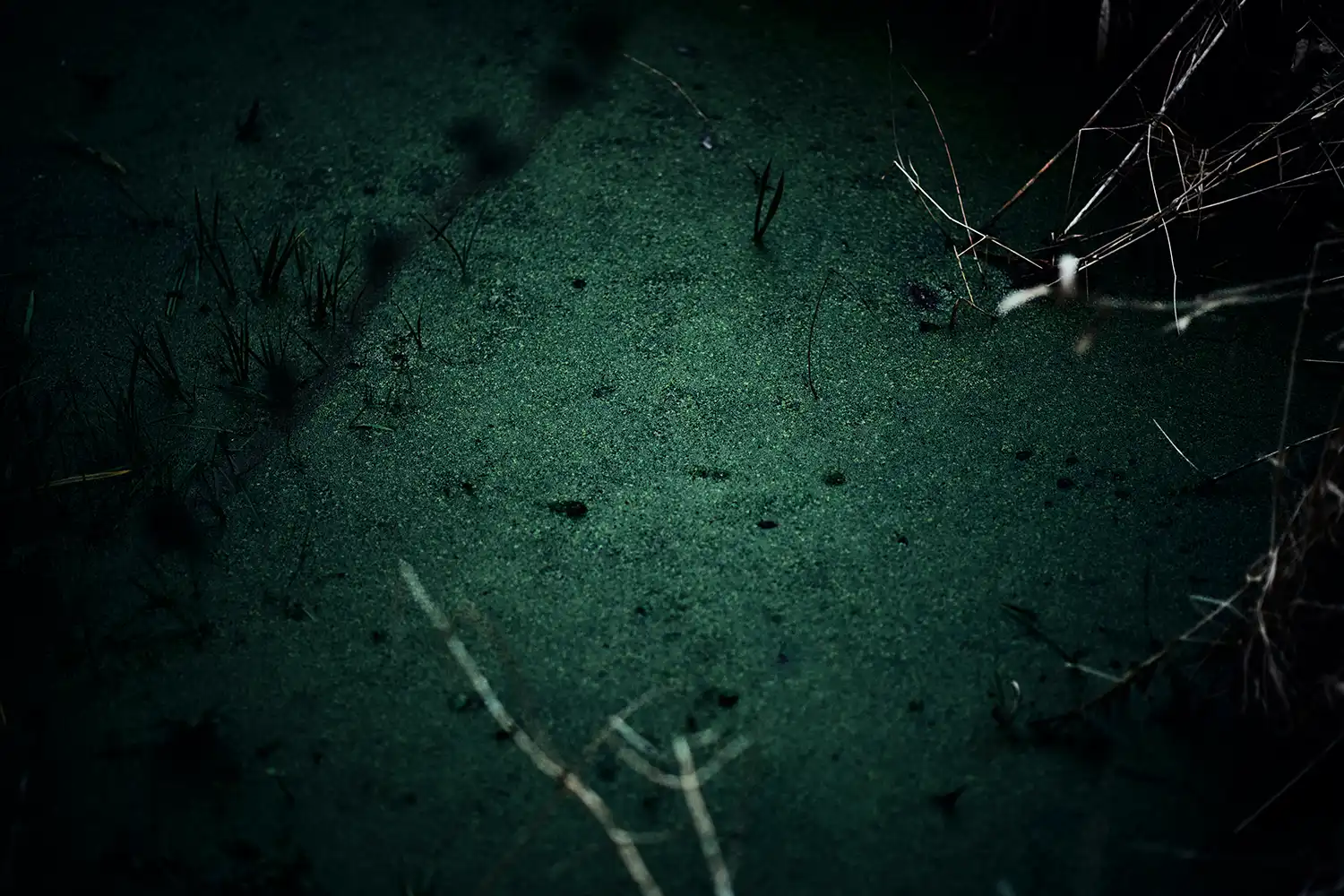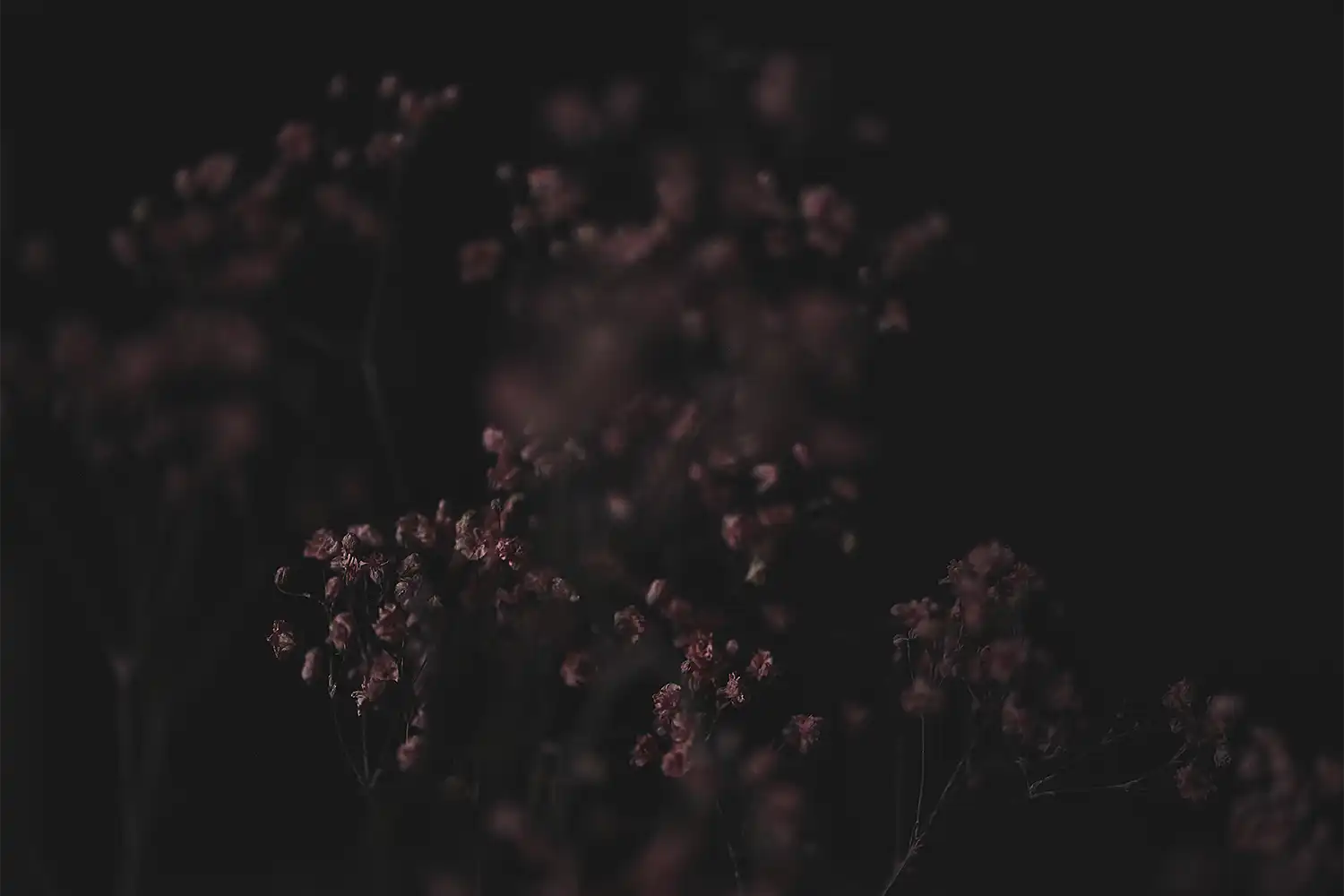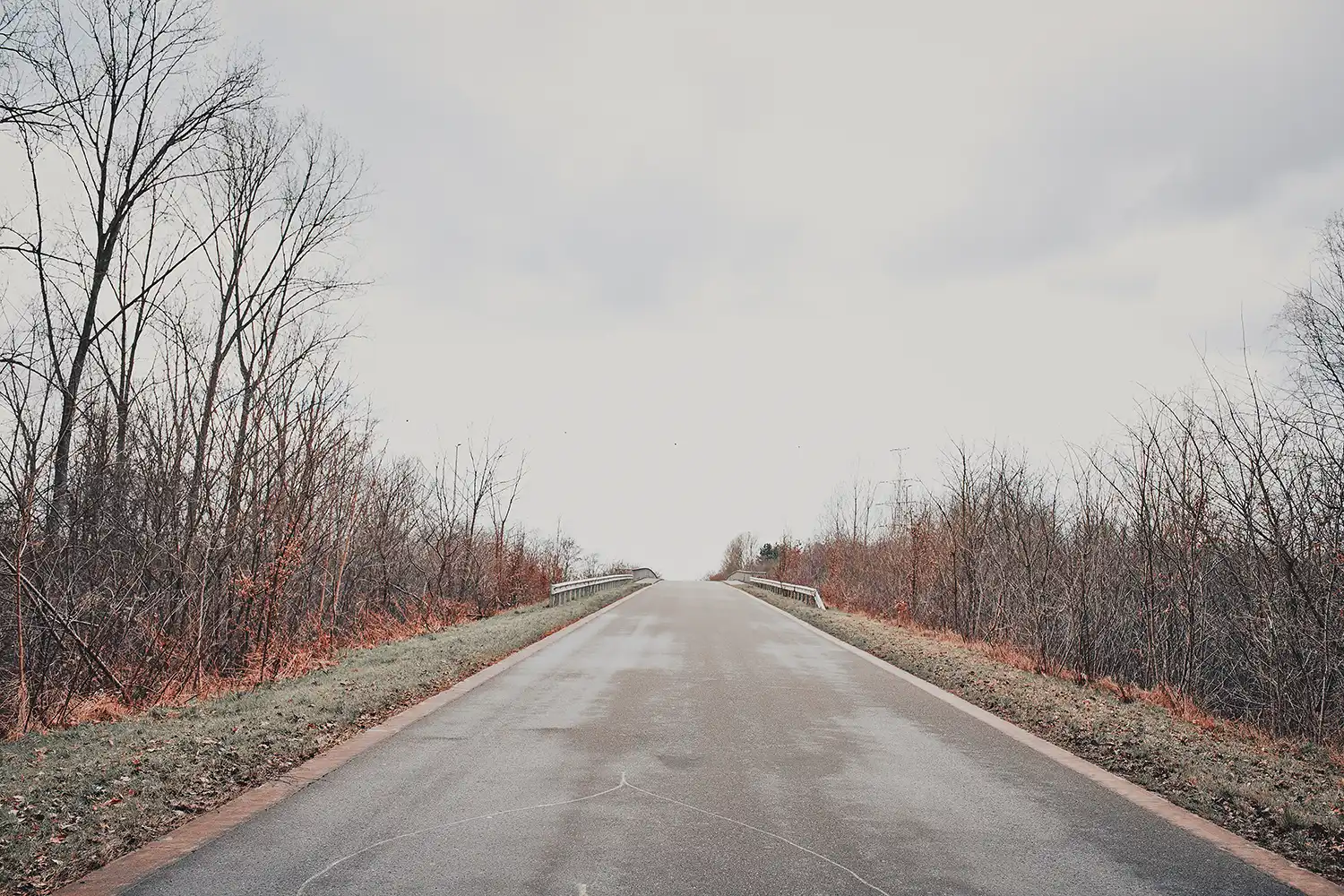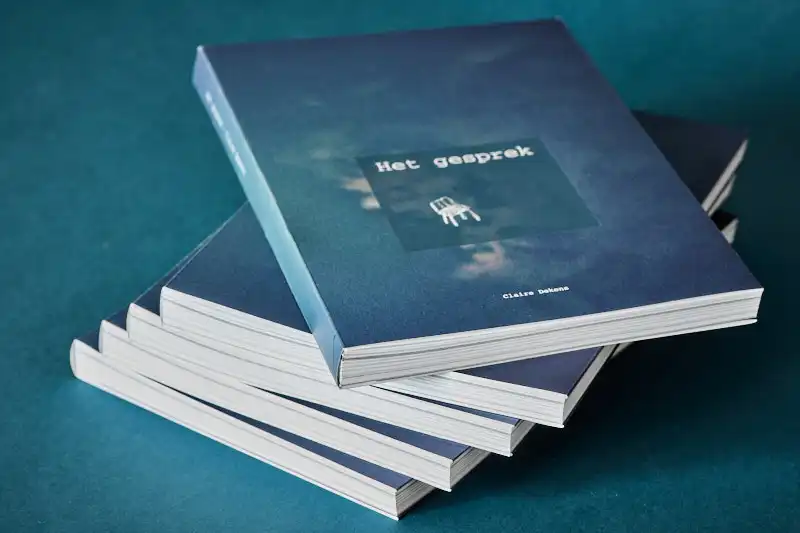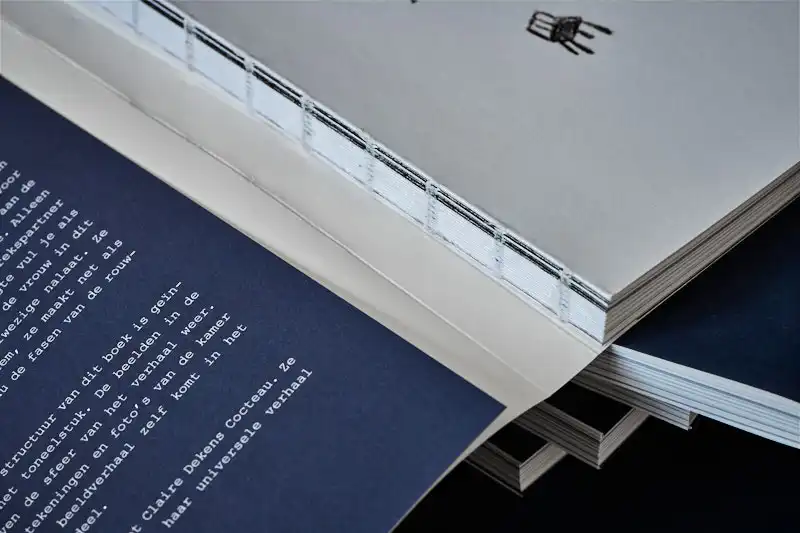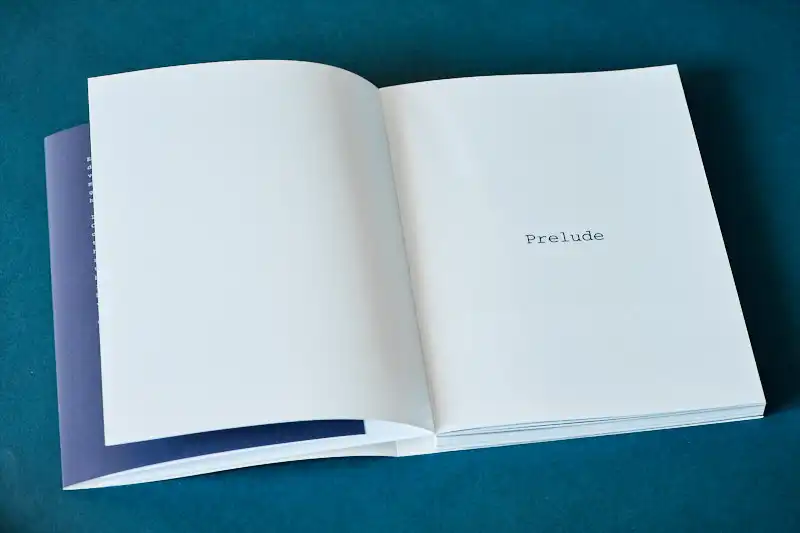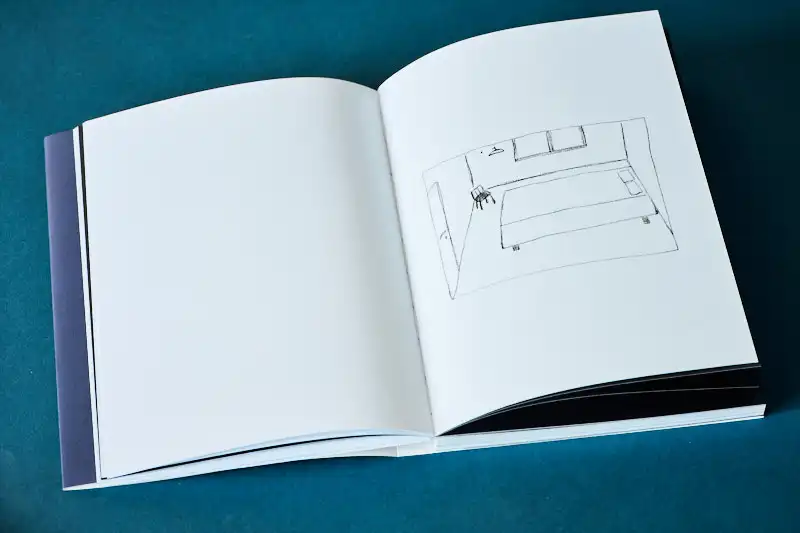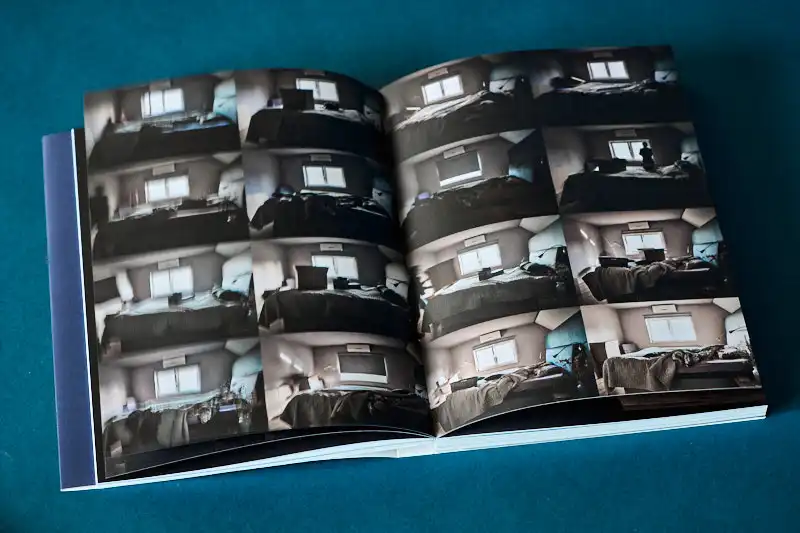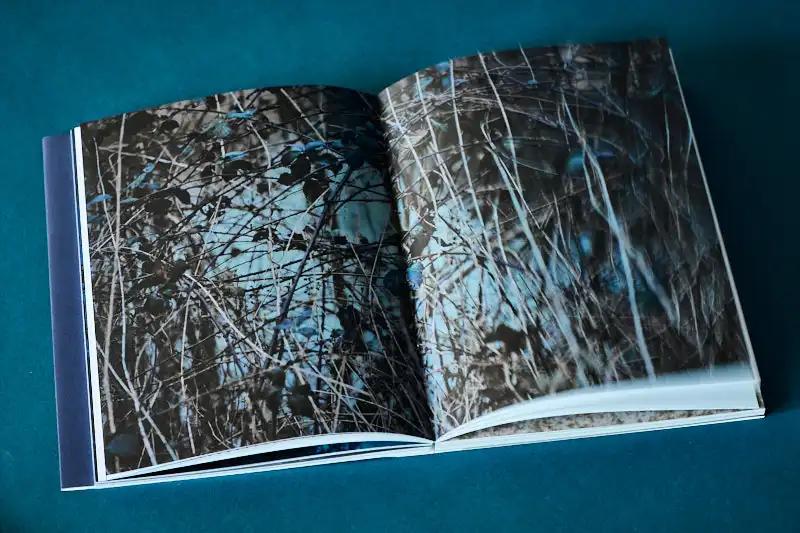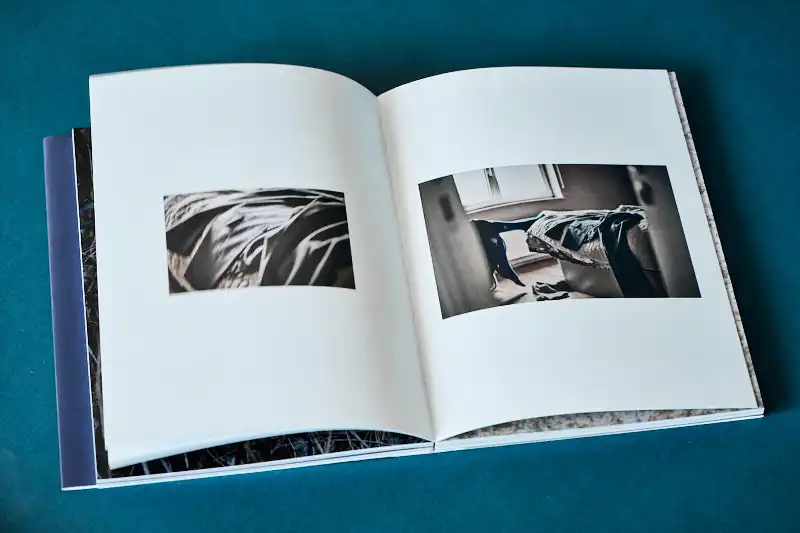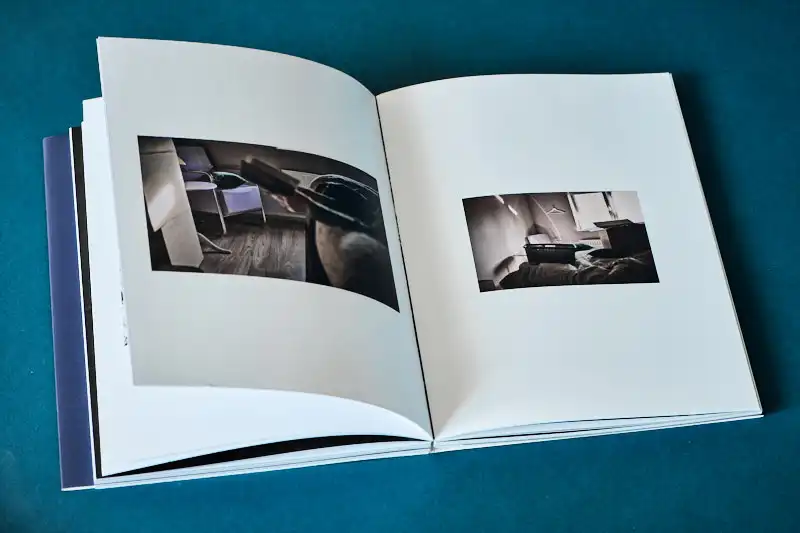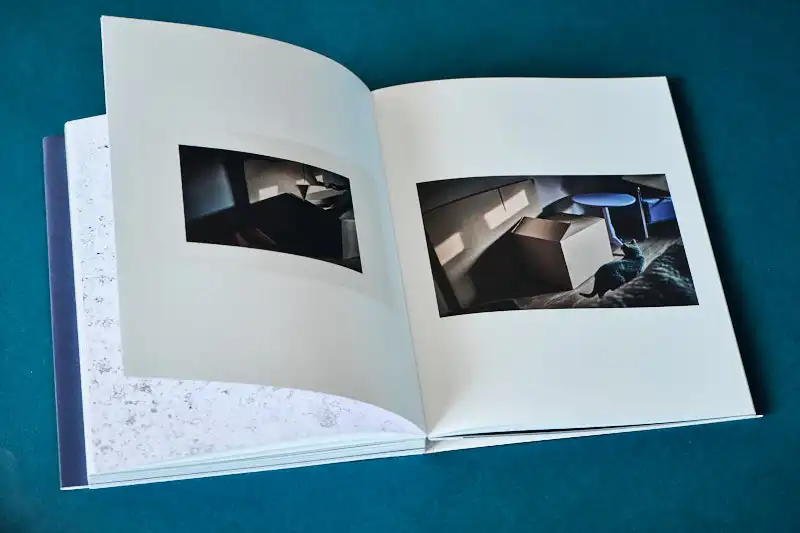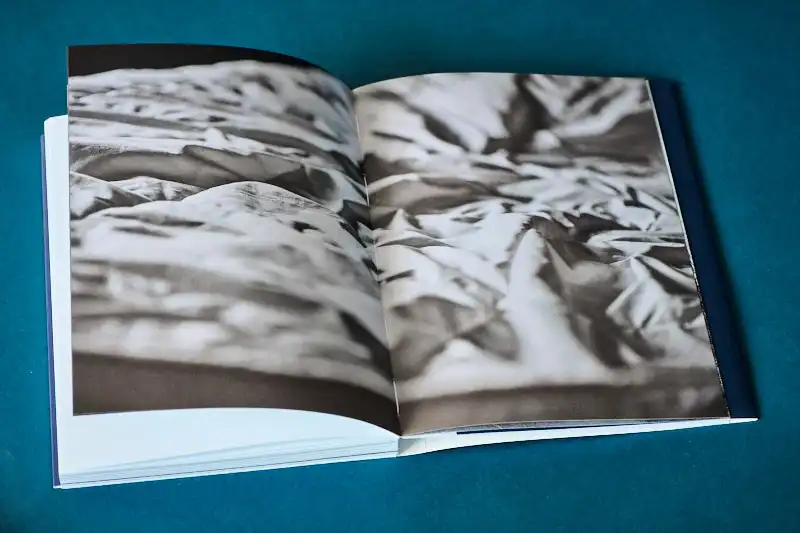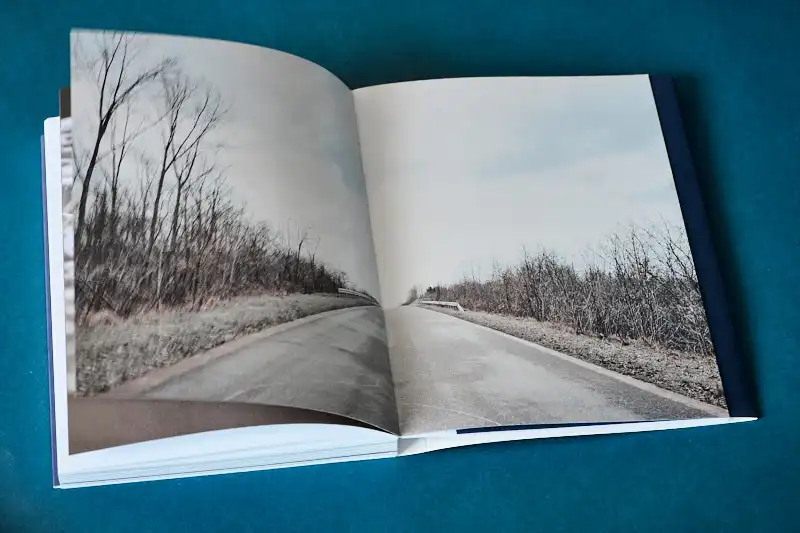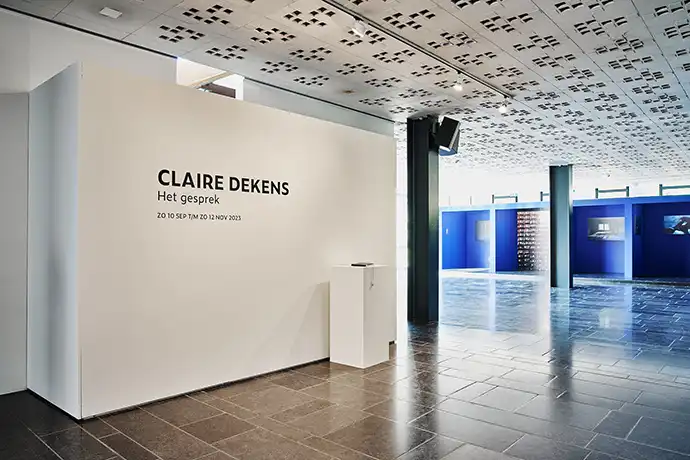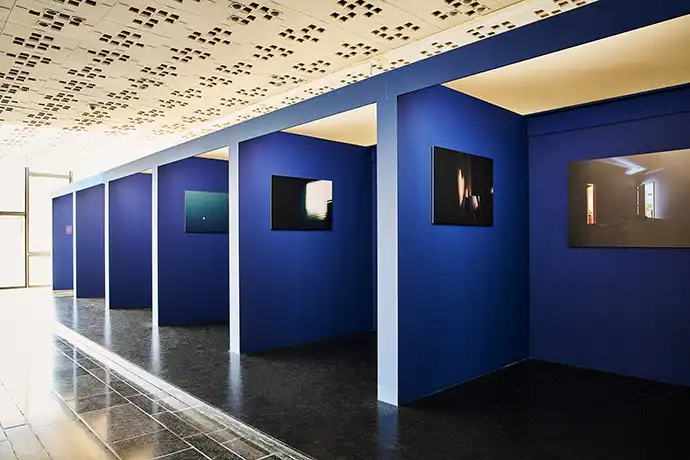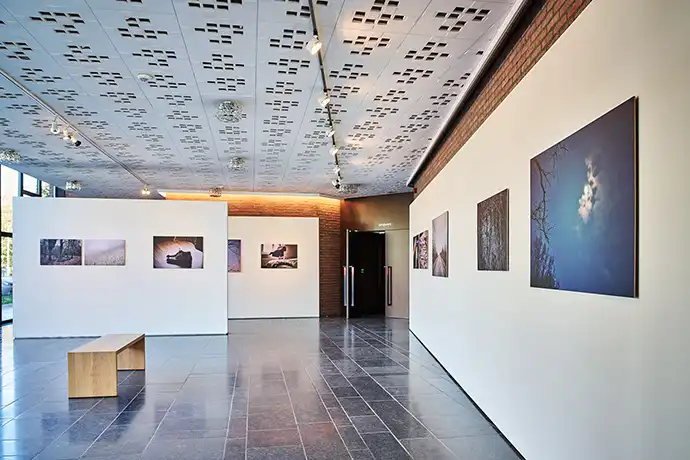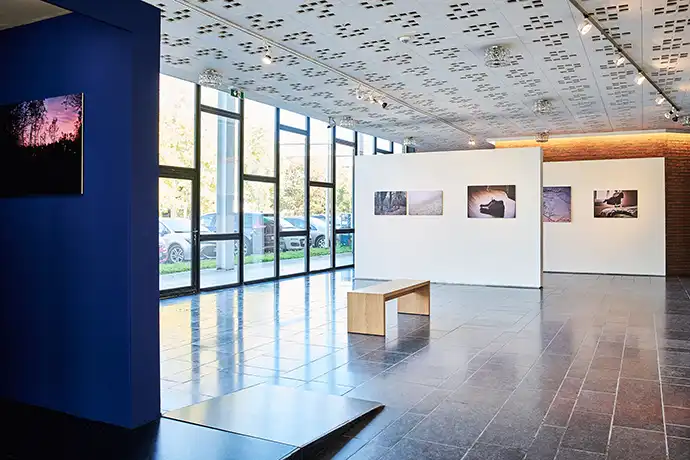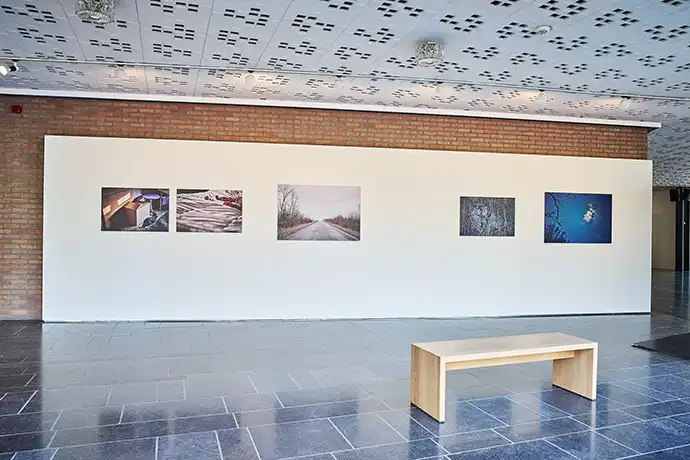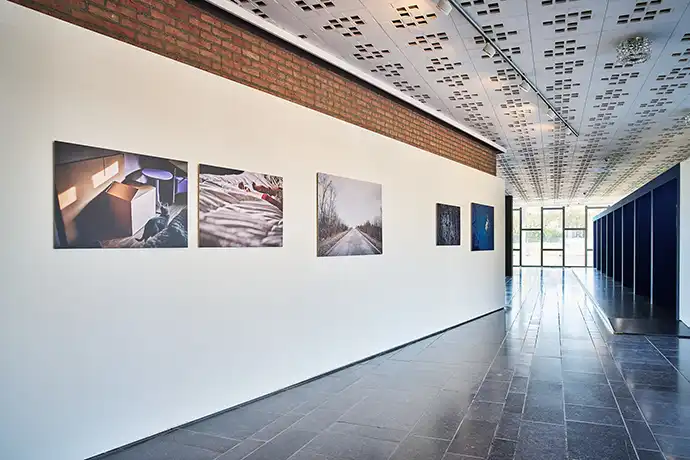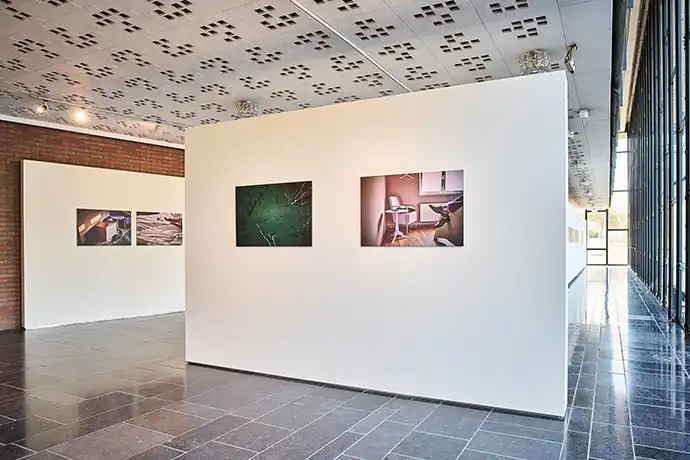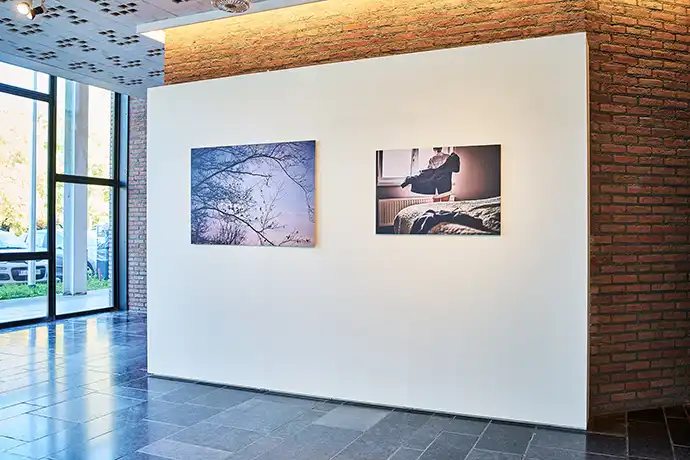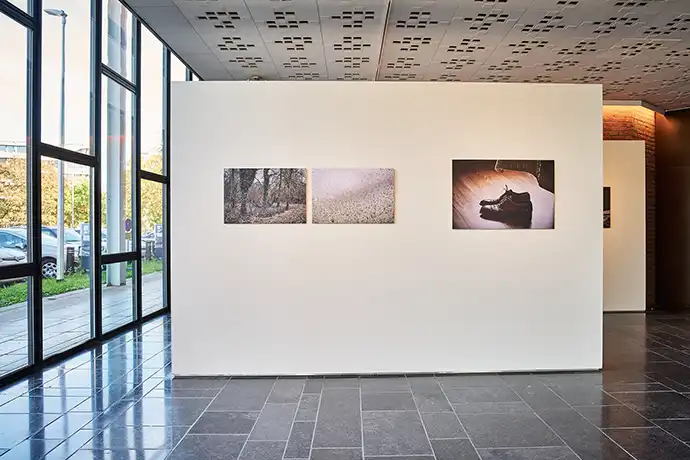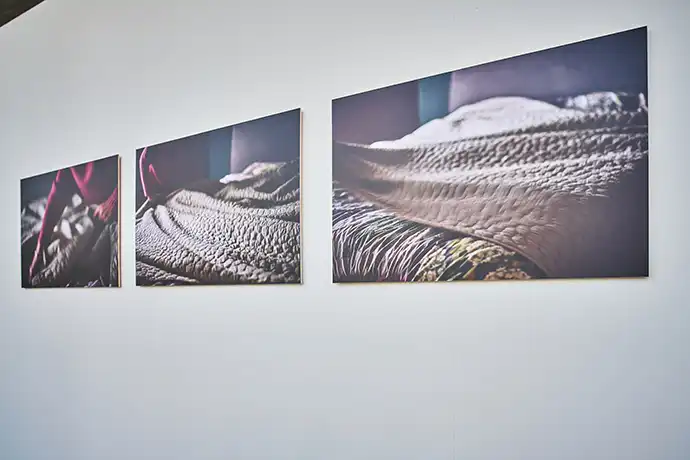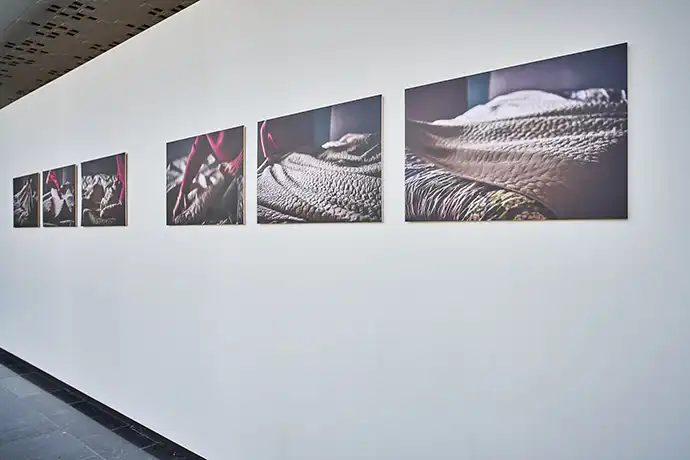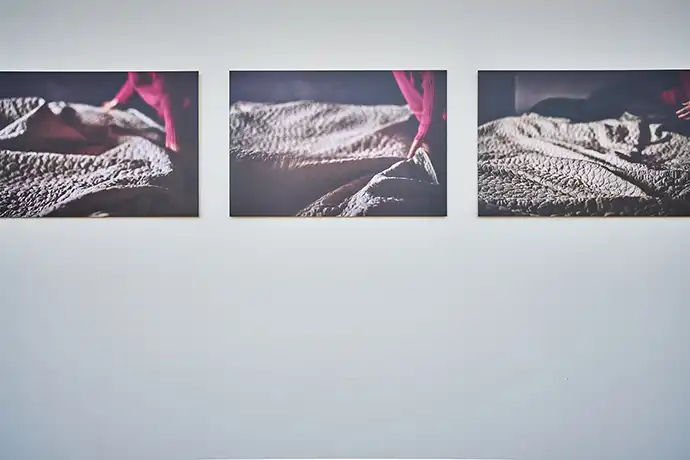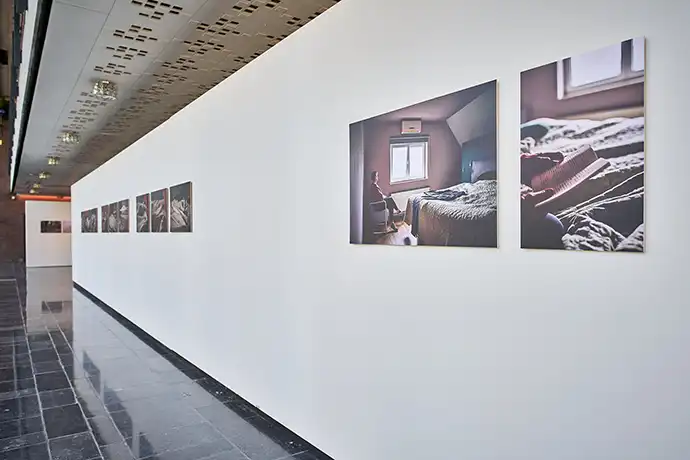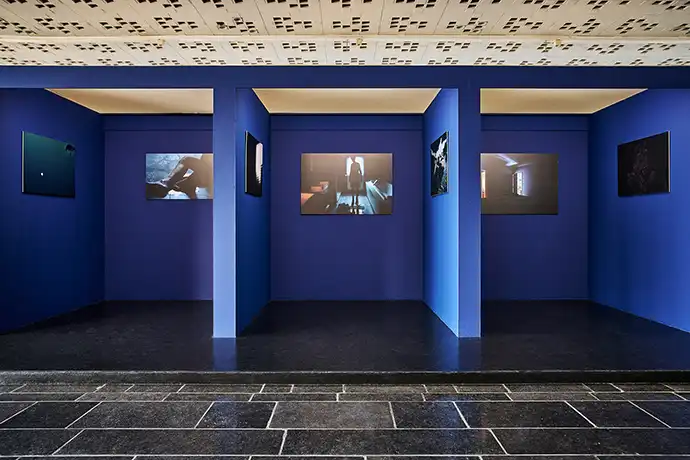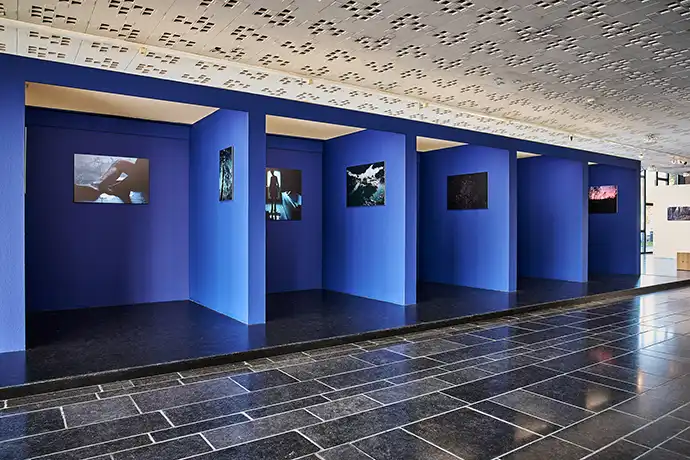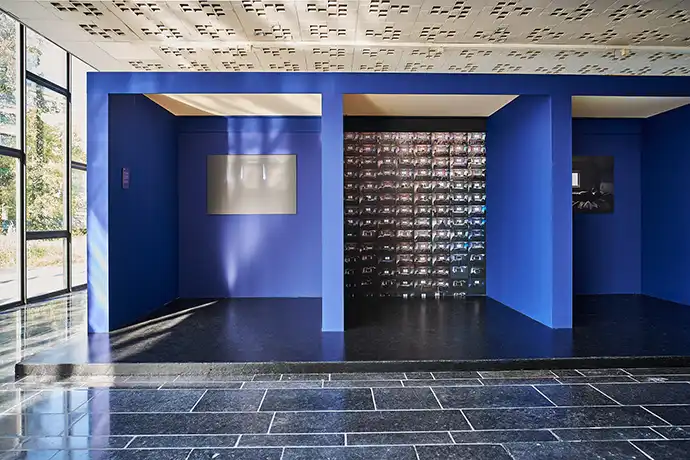Inner Speech
A Story of Grief
Context
We mourn when someone close to us dies. But actually we do it more often. We also grieve when the image we created of our future is shattered. Even when a relationship ends, we go through a grieving process. With a job we lose. When we get a diagnosis. Even with climate anxiety, grief can overwhelm us.
In our sadness we often feel alone. Others have not gone through the same things we have. We can share that sadness through art. We unconsciously recognize the story that is being told, it touches our feelings. In this way, works of art help us process things. That is why it is increasingly used in psychotherapy.
Thanks to its handy size, you can easily take the book 'Inner Speech' with you. Open it as often as possible, wherever you are. Try it. It helps.
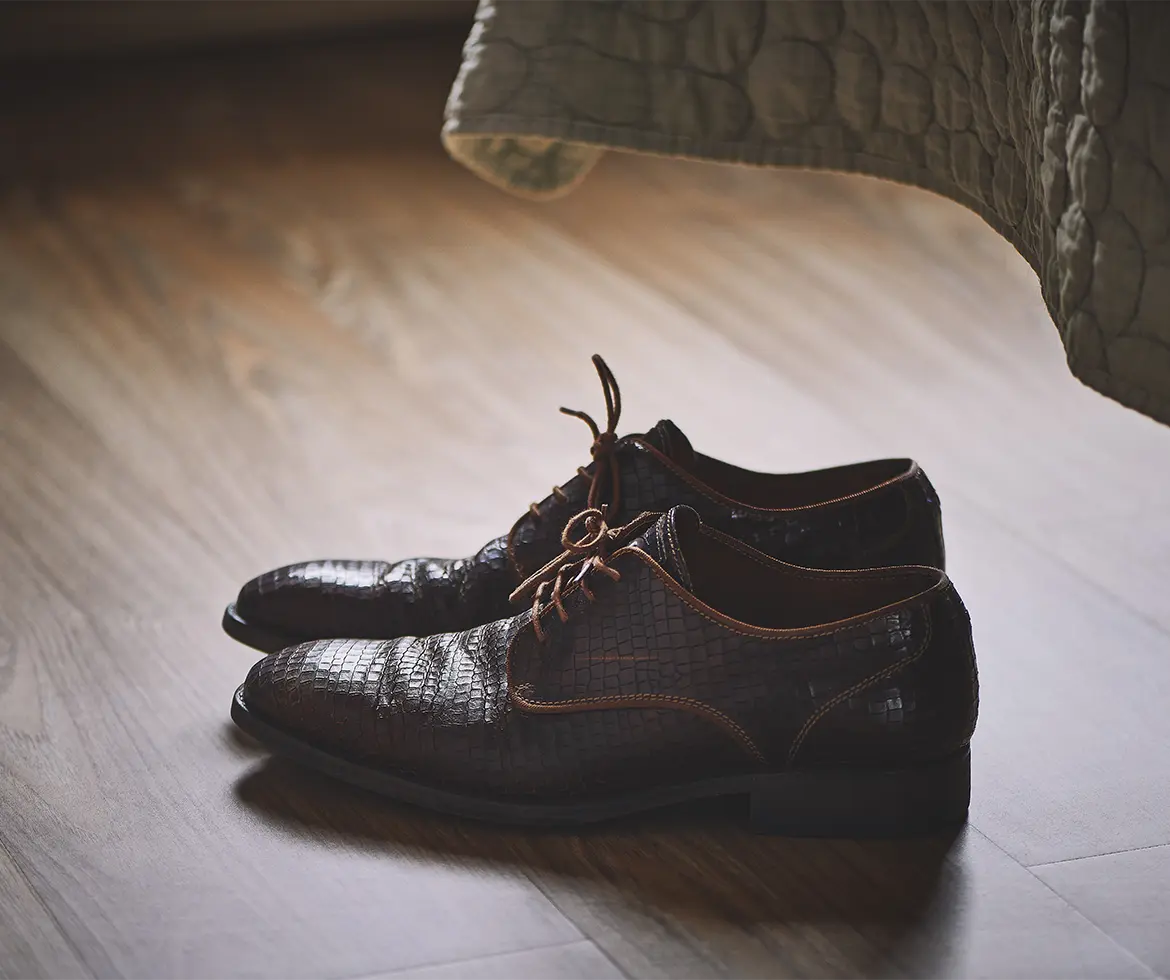
While it was once believed that the grieving process unfolds linearly, we now know it is a journey of ups and downs. There will be good days when joy can be felt again, but there will also be moments when grief resurfaces. When you grieve something, it will never completely let you go. Not only is the process itself a journey, but it is also a backpack that you carry with you throughout the rest of your life's journey.
The photos are a metaphor for this journey. The moving boxes, the suitcase, the new path that is chosen. A path of which you do not yet know where it will lead. The project comes with a photo book, which one can refer to during this journey.
Artworks
The Book
"A woman in a room. She is alone. She thinks she will never leave this space again. The objects remind her of someone who is no longer there. In her mind, she engages in an imaginary conversation with the absent one. The room symbolizes her sorrow."
In 'La voix humaine,' a play by Jean Cocteau from 1930 that served as inspiration for this book, a woman on stage bids farewell to her lover over the phone. Only her voice is audible. What her conversation partner says remains unknown, and as a spectator, you fill in the emptiness yourself. Similarly, the woman in this book fills in the void left by her absent one. She is both voice and counter-voice, experiencing the stages of grief processing, just like her counterpart in Cocteau's work."
The tripartite structure of this book is also inspired by the play. The images in the 'Prelude' capture the atmosphere of the story. 'Setting' contains drawings and photographs of the room in question. The visual narrative itself unfolds in the third and final part.
In "Het gesprek," Claire Dekens echoes Cocteau. She narrates her own, her universal story of loss."
Take a Look Inside
Browsing through the Book
The Research
Change blindness is about events we don’t see. They take place so slowly that our brain does not detect movement and does not store any information about it. This can lead to dramatic consequences such as the collapse of highly developed cultures. In this research we look at why such facts keep repeating themselves in history. To do this, we will also look at how our brain works. Research shows that in order to cope with major changes, we end up in a grieving process. Only when we have gone through this processing process are we able to take the necessary action.
The most important factor in change blindness is processing the emotions and fears caused by the phenomenon. We have to take into account that people need time for this. The level of anxiety and stress is not the same for everyone. This is mainly determined by the living environment. If you live in an environment where no major disasters have yet happened, or if you have the necessary financial resources, the impact will be less.
In order to deal with change blindness in a sensible way, we must understand the people who are blocked in their current situation and refuse to adapt. Such blocks arise further from the fear of an uncertain future. It is important that we let those people feel that their reaction is normal. Instead of pointing the finger, we should show what positive changes have already happened in order to restore their confidence in the future.
The artistic research associated with this project runs parallel to the contextual research. From the beginning I look for a theme around which I can work for my photographic project. When I determine that change blindness triggers a kind of grieving process, I started on my final project. I think it is important that people dare to talk more about the sadness and fears they are experiencing so that they can process them together. The book I make is a visual story that can support this processing process.
Browsing through the Research
A Walkthrough
"Innerspeech" was exhibited at the CCHA in Hasselt (Belgium). A total of 38 works were displayed.
